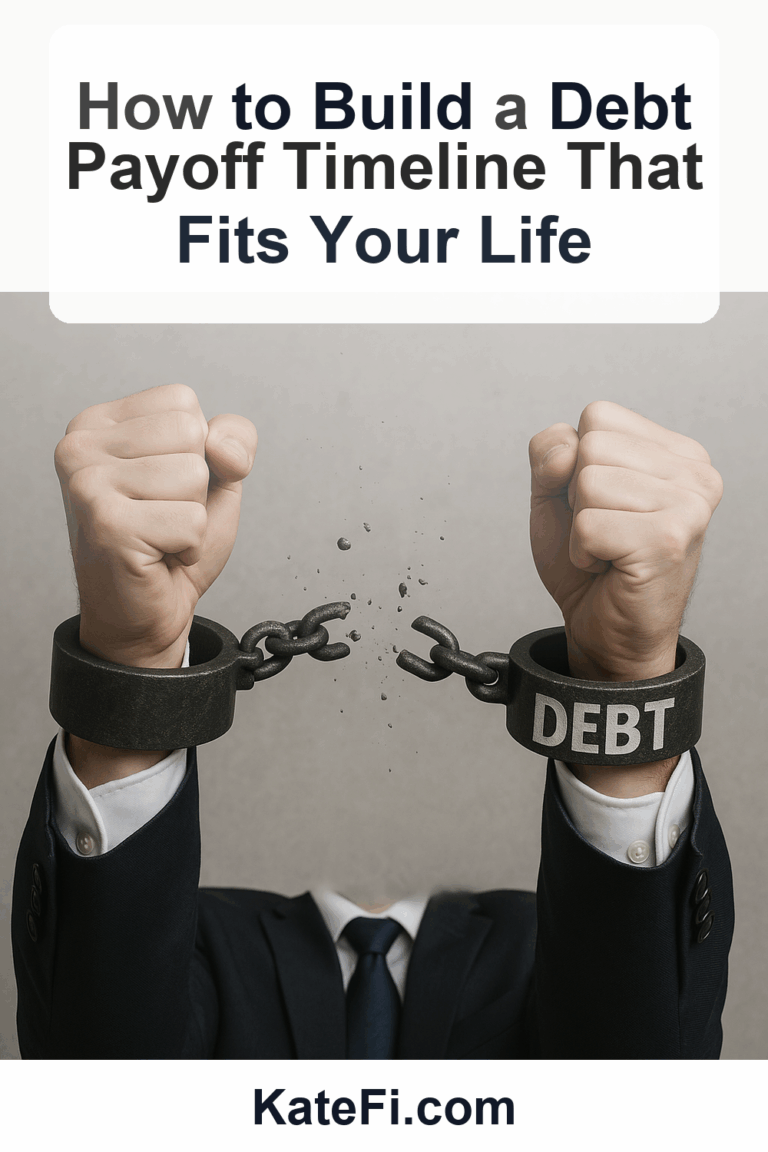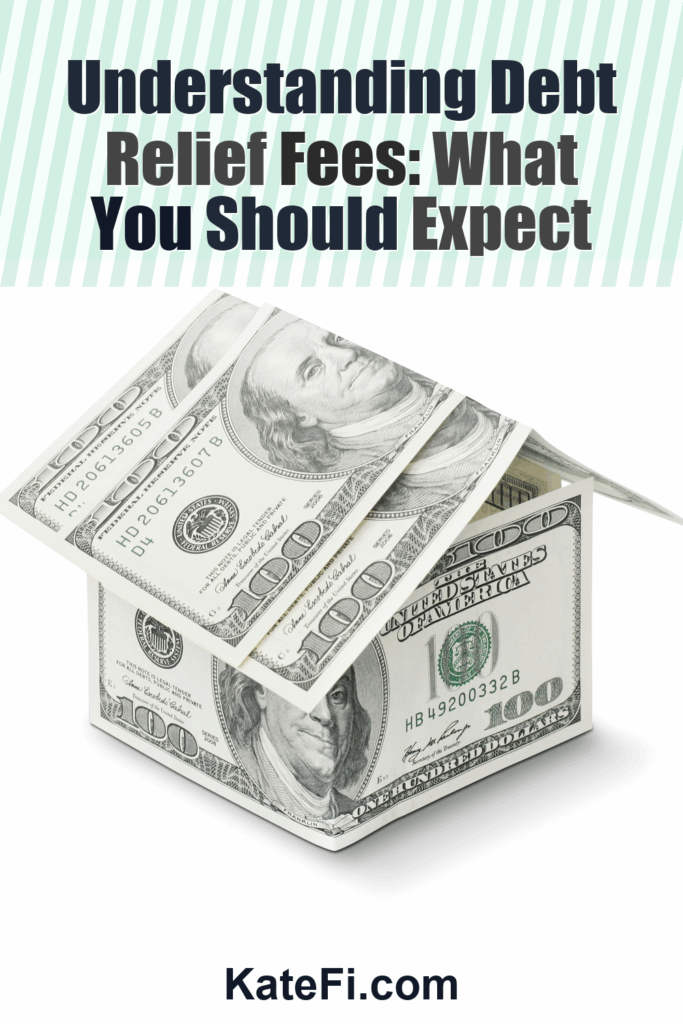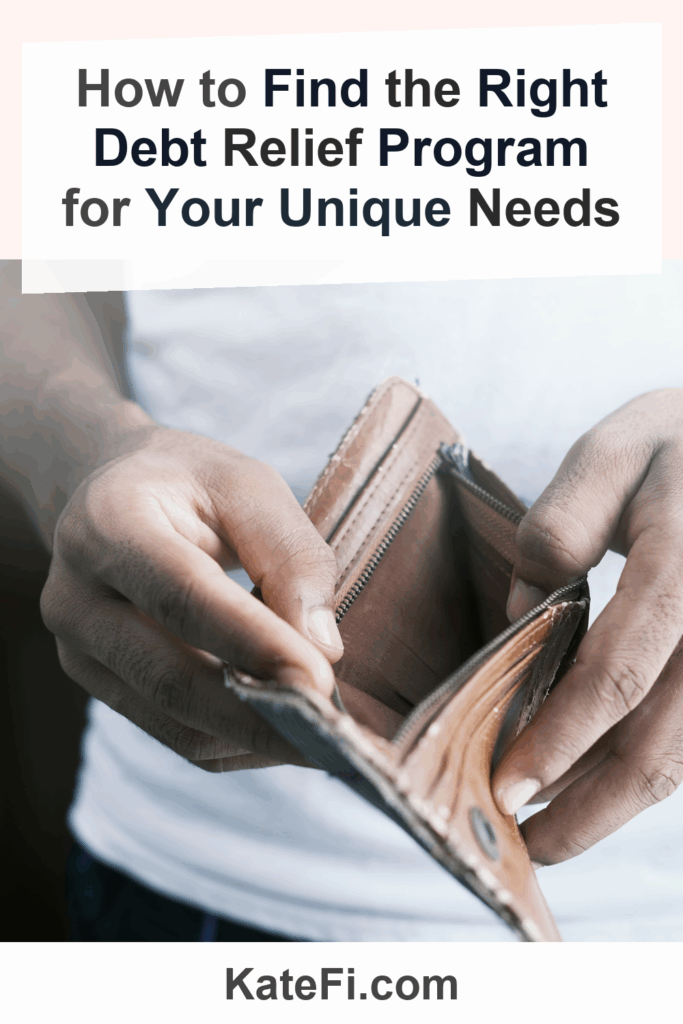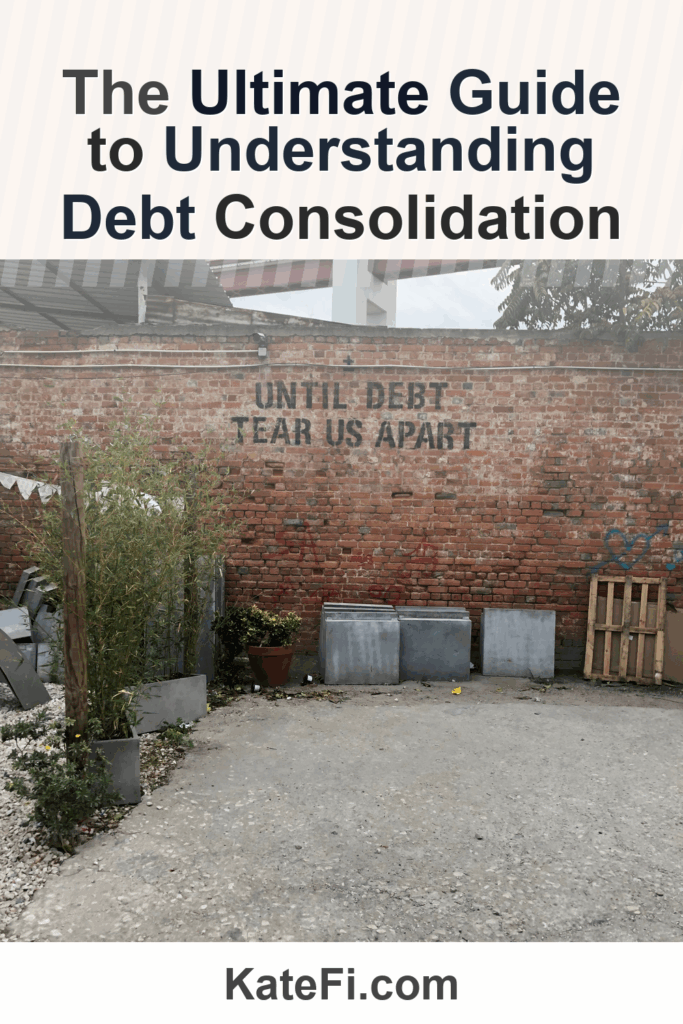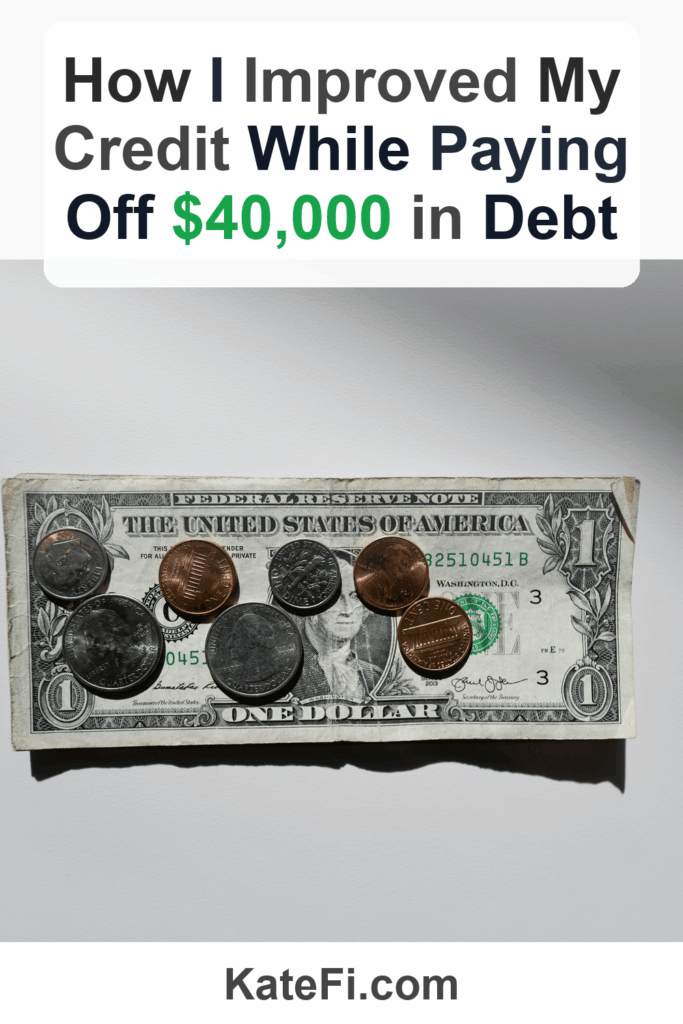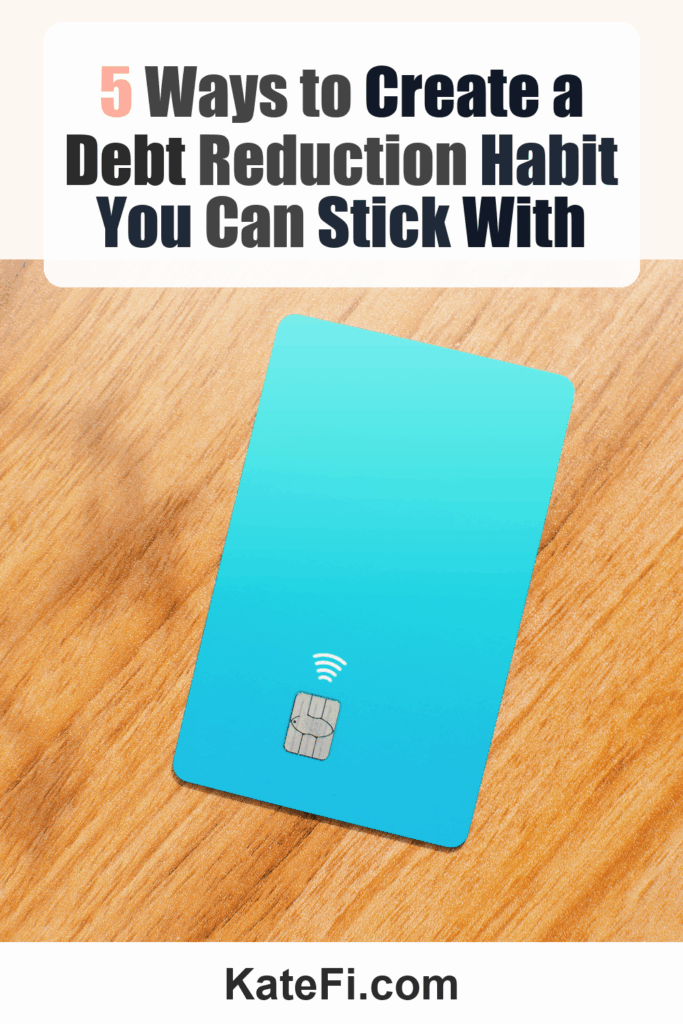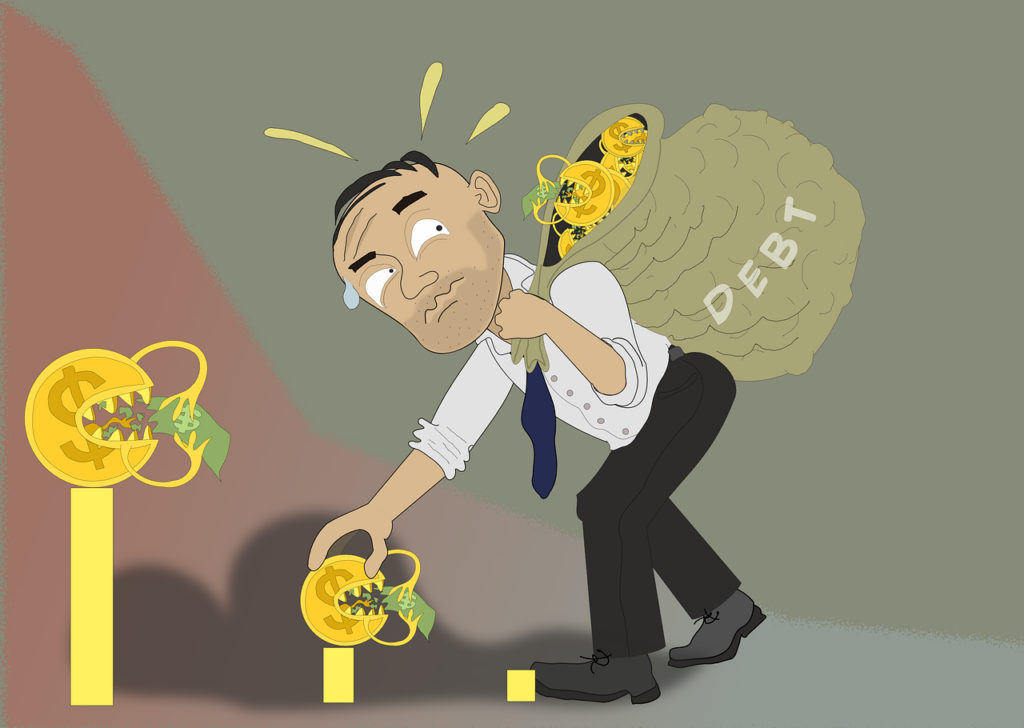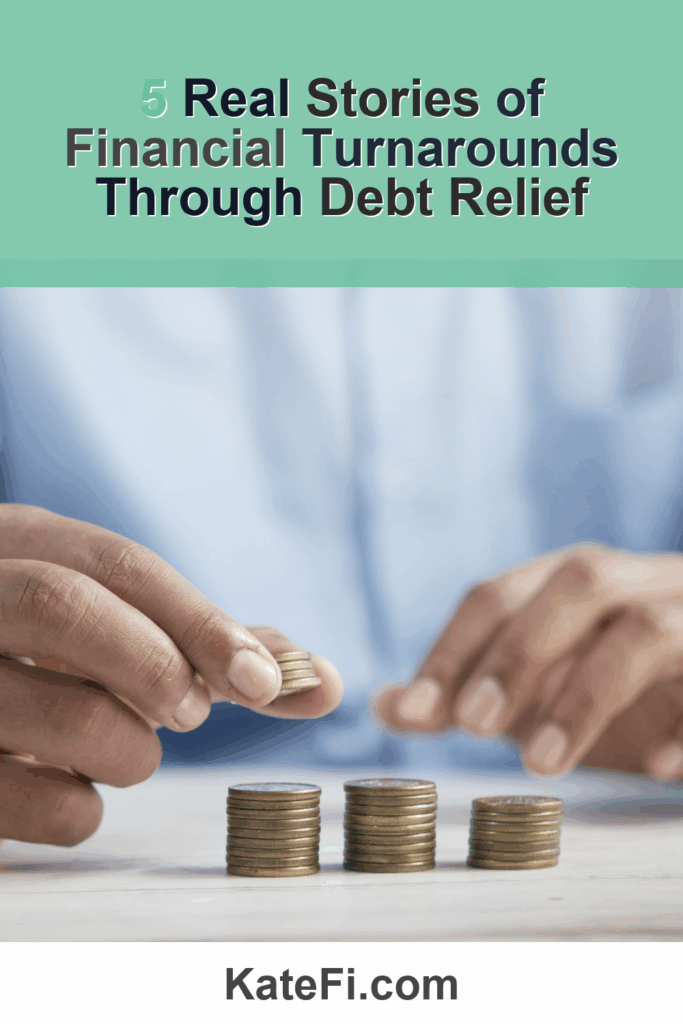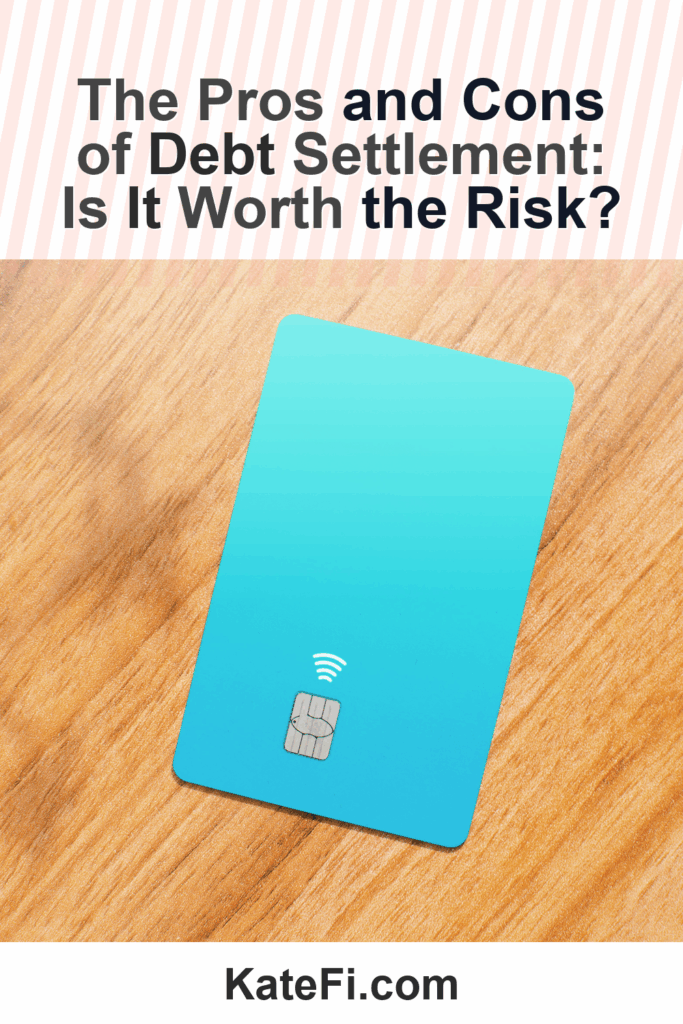How to Build a Debt Payoff Timeline That Fits Your Life
Creating a debt payoff timeline can feel overwhelming, especially when you’re navigating a maze of bills, collections, and calls from relentless creditors. But having a clear plan not only makes the process easier, it also helps you regain control over your financial future. In this FAQ-heavy guide, we’ll answer your most pressing questions about building a debt payoff timeline that aligns with your life circumstances. We’ll also provide valuable tips on handling collector calls and understanding the validation letter process.
Love our content? Show your support by following us — pretty please!🥺
FOLLOW ON PINTEREST
Hi! I’m Kate, the face behind KateFi.com—a blog all about making life easier and more affordable.
1. What Is a Debt Payoff Timeline?
What You’ll Learn on the Call
- Estimated timeline and monthly payment range
- How credit may be affected in the short term
- What documents to gather to move faster
Not available in IL, KS, OR, TN, UT, WV.
A debt payoff timeline is a strategic plan that outlines how and when you will eliminate your debts. It takes into account your current financial situation, monthly payments, and various methods of debt repayment, such as the snowball or avalanche methods.
2. Why Do I Need a Debt Payoff Timeline?
Having a timeline provides clarity and structure, helping you stay motivated and accountable. It also allows you to track your progress and make adjustments as needed. Whether you want to pay off credit card debt, medical bills, or personal loans, a well-defined plan can help you achieve your financial goals.
3. How Do I Start Building My Debt Payoff Timeline?
Understand pros/cons of settlement vs consolidation vs DMP for your exact mix of debts.
Not available in IL, KS, OR, TN, UT, WV.
Begin by gathering all your debt information. List each creditor, the total amount owed, minimum monthly payment, interest rates, and any collection notices you’ve received. Here’s a practical checklist:
Debt Checklist
- Total amount owed
- Minimum payments
- Interest rates
- Payment due dates
- Creditor contact information
✅ See If You Qualify for Debt Relief
4. What Are the Different Methods for Paying Off Debt?
There are several methods for tackling debt:
| Method | Description |
|---|---|
| Snowball | Pay off the smallest debts first for quick wins and motivation. |
| Avalanche | Focus on high-interest debts first to minimize overall interest payments. |
| Debt Consolidation | Combine multiple debts into one loan with a lower interest rate. |
| Debt Settlement | Negotiate with creditors to pay less than the total amount owed. |
Each method has its pros and cons, so consider what works best for your financial situation and emotional well-being.
5. How Do Collector Calls Affect My Debt Payoff Timeline?
Lower Your Unsecured Debt
If you have $5,000+ in credit card or personal loan debt, a free consult can review options like settlement or hardship plans.
- One-on-one call to review your debts and goals
- See potential monthly payment reductions
- No obligation to enroll
Not available in IL, KS, OR, TN, UT, WV.
Collector calls can be stressful and disruptive. They often escalate when payments are missed, but knowing how to handle these calls is crucial. Here’s a simple script you can use:
Collector Call Script
- Stay Calm: “I understand you are calling about my account. How can I assist you?”
- Request Validation: “Before we proceed, I’d like to request validation of the debt as per my rights under the Fair Debt Collection Practices Act.”
- Don’t Commit: “I need time to review my finances before discussing payments.”
Knowing your rights can empower you to take control of the conversation.
6. What Should I Include in a Debt Validation Letter?
If you want to validate a debt, send a debt validation letter to the creditor. Here are key components to include:
- Your name and address
- The creditor’s name and address
- Account number
- A request for verification of the debt, including the original creditor
- A statement indicating you’re disputing the debt and request no further contact until validation is provided
✅ See If You Qualify for Debt Relief
7. What If I Can’t Afford to Make Payments?
If you’re facing financial hardship, it’s crucial to communicate with your creditors. Many will work with you if you can demonstrate genuine difficulty. Create a hardship letter that explains your situation clearly.
Hardship Letter Basics
- Introduce yourself and your account number
- Explain your financial circumstances
- Request a temporary reduction in payments or a payment plan
Understanding your options can help prevent collections and lawsuits.
8. What Happens If I Ignore My Debts?
Ignoring debts can lead to severe consequences, including collections, lawsuits, wage garnishments, and a significant negative impact on your credit score. Keeping open lines of communication with creditors can help mitigate these risks.
9. How Can I Improve My Credit While Paying Off Debt?
Improving your credit while paying off debt involves several steps:
- Pay Bills on Time: Timely payments can positively impact your score.
- Reduce Credit Utilization: Aim to keep your credit utilization below 30%.
- Limit New Credit Inquiries: Avoid opening new lines of credit while in debt payoff mode.
Understanding how debt relief options can affect your credit score is essential. Some programs may have short-term impacts on credit, but they can ultimately lead to a healthier financial future.
10. What Documents Should I Gather for a Faster Review?
When seeking debt relief, gather the following documents:
- Identification (driver’s license, passport)
- Proof of income (pay stubs, tax returns)
- Statements from creditors
- Recent credit report
- Any correspondence related to debt collections
Having these documents ready will help expedite your consultation and options review.
11. How Long Will It Take to Pay Off My Debt?
The duration of your debt payoff timeline depends on the total amount owed, your monthly payment capabilities, and the method you choose. Here’s a rough estimate based on common debt amounts:
| Debt Amount | Payment Amount | Estimated Payoff Time |
|---|---|---|
| $5,000 | $200 | 2-3 years |
| $10,000 | $300 | 3-4 years |
| $20,000 | $500 | 4-6 years |
Keep in mind these are estimates; actual timelines will vary.
12. When Should I Seek Professional Help?
If you find yourself overwhelmed or unsure of how to proceed, seeking professional help can provide clarity and assistance. A consultation can help you explore options like debt settlement, consolidation, or other relief strategies tailored to your situation.
✅ See If You Qualify for Debt Relief
Important: This content is for education only—not legal, tax, or financial advice. Results and eligible programs vary by situation and state. Fees apply if you enroll and complete a program. Debt relief can affect credit; missed payments may lead to collections/lawsuits. Not available in IL, KS, OR, TN, UT, WV.
In conclusion, building a debt payoff timeline is an empowering step toward financial freedom. By using the FAQs and resources provided, you can create a plan that fits your life and helps you navigate through debt with confidence. Don’t hesitate to reach out for professional guidance; getting a free consultation can be the first step toward a debt-free future.

